
The Saiga antelope has two subspecies. It is named "Saiga" because of its particularly large and bulging nose, which bends downward and has nostrils at the tip.Saiga antelopes are herd animals that migrate seasonally. Every autumn, they gather in large groups and migrate south to the warme...
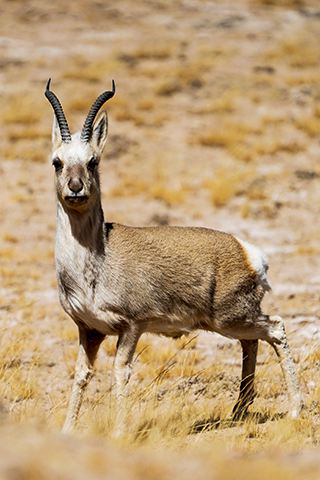
Tibetan Gazelle, also known as Tibetan Gazelle in English, has no subspecies and is a typical high mountain cold desert animal.For those who are familiar with the creatures in the Hoh Xil area, the easiest way to distinguish between Tibetan antelopes and Tibetan antelopes is to see which one has a &...
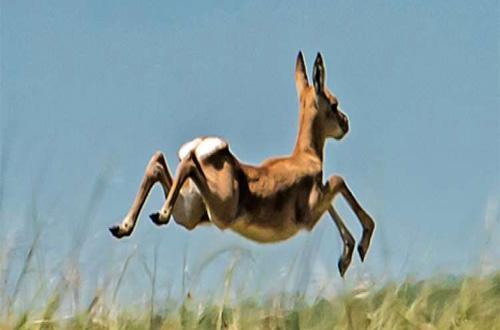
Mongolian Gazelle is called Mongolian Gazelle in foreign language. It has no subspecies.Mongolian Gazelle likes to live in groups. When migrating northward in spring, groups of 6,000 to 8,000 have been observed. In the summer pasture, males separate from the group. The group stays together for a lon...

Javan buffalo is called Banteng in foreign language, and there are two subspecies.Javan buffalo usually live alone or 2-3 heads live together, and sometimes form a large group of 2-25 heads or more. Sometimes female cows, calves and sub-adults form a small group of more than 10 heads and move togeth...
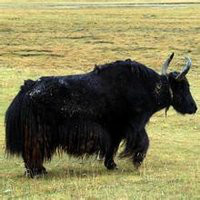
Wild yaks are called wild yak in foreign language. They are the wild counterparts of domestic yaks.Wild yaks live on the hillside all year round and like to eat soft bonza grass. They gnaw it with their teeth in summer and lick it with their tongues in winter. The thorny tongue of the bison is very...
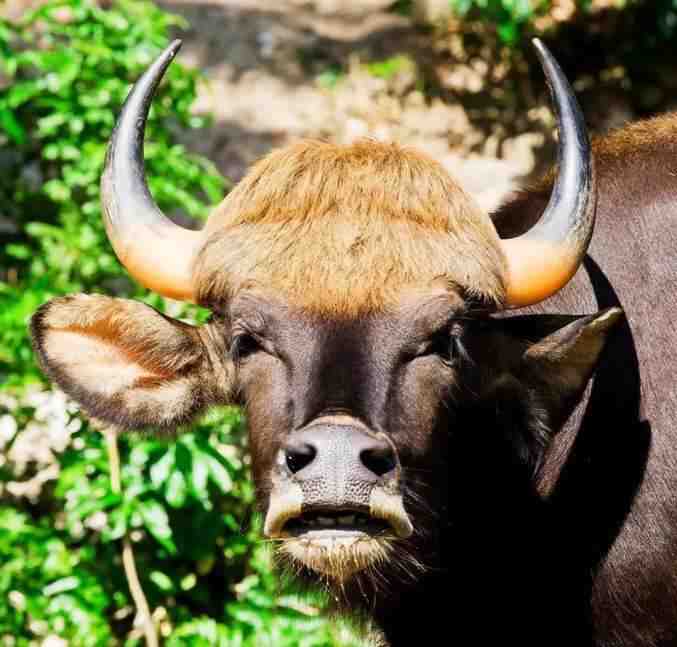
The Gaur is called Gaur in foreign language. There are two subspecies. The hair below the knees of the four limbs is white, so it is also called "white socks".Gaur is usually active at dawn and dusk. In summer, it is in the mountains with high altitudes, and in winter, it gradually descend...

The goitered gazelle is a typical animal that lives in desert and semi-desert areas. It is shaped like a gazelle and is good at running. The male gazelle's throat is enlarged during the estrus period, resembling a goose's throat, hence the name "goitered gazelle". The swelling of t...
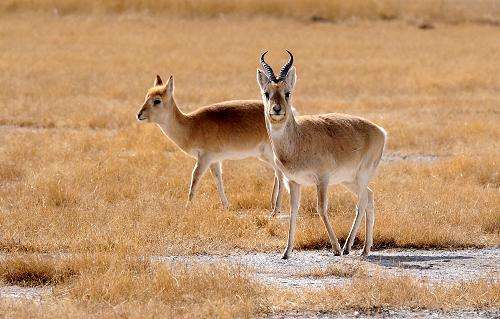
In 1875, Russian naturalist Przewalski discovered this animal unique to China on the Ordos grassland in Inner Mongolia, China, but he always mistakenly thought it was a Tibetan gazelle. It was not until 13 years later that it was officially named "Przewalski's gazelle". However, in his...
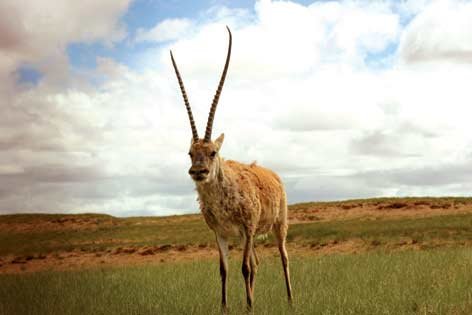
In the 2008 Beijing Olympic Games, the mascot Fuwa Yingying is a cute Tibetan antelope.The origin of the Tibetan antelope provides an interesting example of an endemic species on the Qinghai-Tibet Plateau, whose ancestors can be traced back to the late Miocene. In the Qaidam Basin in the northern Qi...
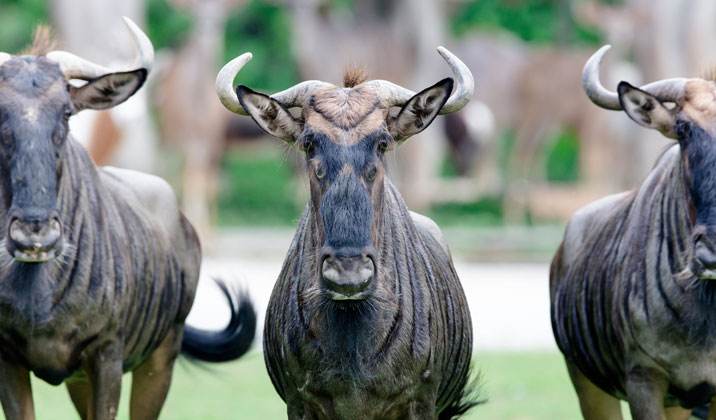
The blue wildebeest has a sturdy body and its coat is dark blue or gray-blue, sometimes gray-brown. Both male and female wildebeest have large, backward-curved horns. The male horns can extend up to 83cm, while the females only reach 30-40cm. The blue wildebeest has clear black stripes on its neck a...

Takin is a large bovine herbivore distributed in the dense forests of the eastern foothills of the Himalayas. Due to different origins, the coat color gradually becomes lighter from south to north. Divided into 4 subspecies: Gaoligong takin, Bhutan takin, Sichuan takin, Qinling takin, all pro...

The Chinese goral (scientific name: Capricornis milneedwardsii), also known as the mountain donkey or heavenly horse, is a unique and fascinating species found in East Asia. This article provides an in-depth look at the species, covering its classification, physical traits, behavior, habitat, and co...
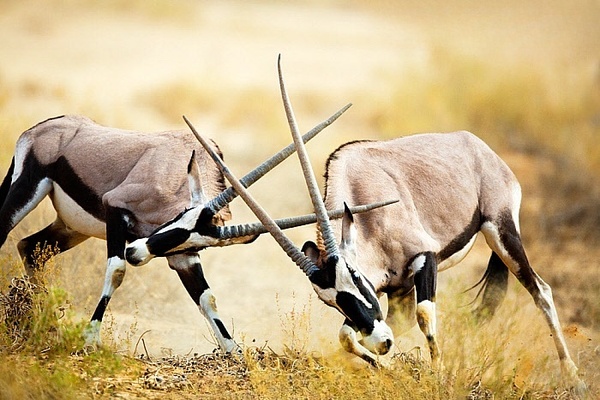
The gemsbok (scientific name: Oryx gazella), commonly known as the South African oryx, is a remarkable antelope native to the arid regions of southern Africa. Known for its striking appearance, incredible adaptability, and distinct behaviors, the gembok is an iconic species of the African savanna. T...
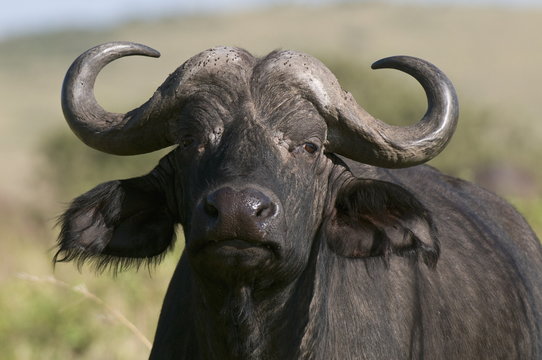
Introduction: The Mystery of Ever-Growing Water Buffalo HornsHave you ever wondered why water buffalo horns keep growing throughout their lives? Unlike antlers, which shed and regrow annually, buffalo horns continuously grow—a unique adaptation that serves multiple biological and ecological purpose...
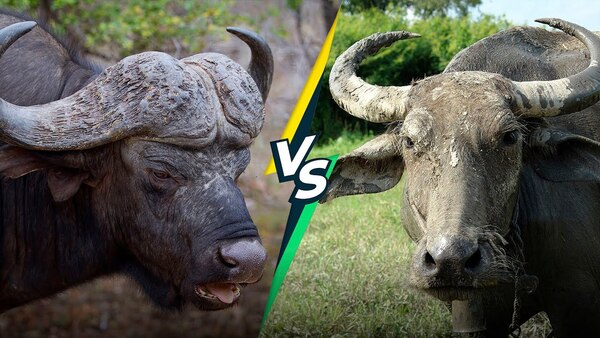
Buffalo and water buffalo are often confused due to their similar names, but they are distinct species with notable differences. Understanding the differences between buffalo and water buffalo involves examining aspects such as physical appearance, habitat, domestication history, and behavior. In th...
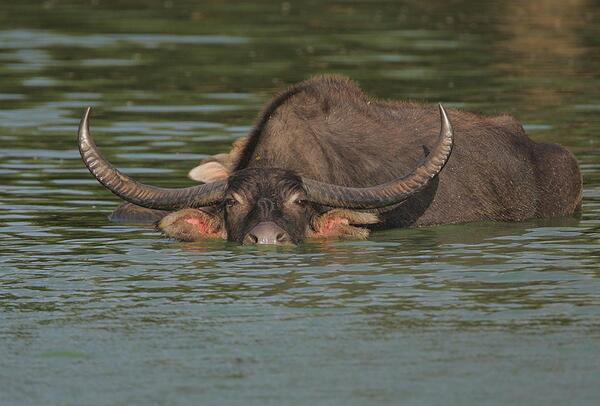
Water buffaloes (Bubalus bubalis) are large, domesticated mammals native to Asia and widely known for their remarkable ability to thrive in water-rich environments. They are often seen wallowing in rivers, ponds, and wetlands. However, a common question that arises among curious observers is, how lo...
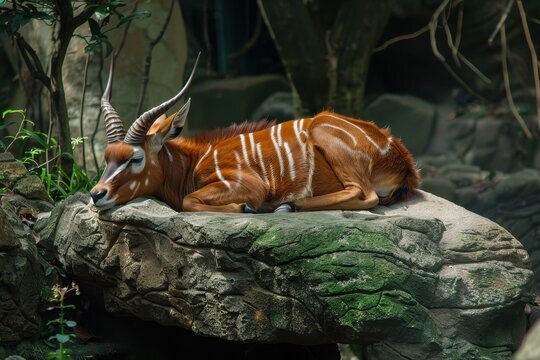
Introduction to the Bongo (Tragelaphus eurycerus)The Bongo (Tragelaphus eurycerus)、 bongo (antelope)、bongo antelope bull.is a large and striking antelope species endemic to the forests of sub-Saharan Africa. Notable for its reddish-brown coat adorned with vertical white stripes, and its impressive...